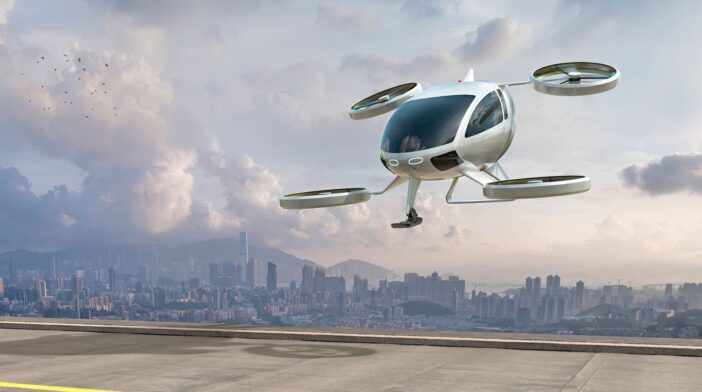RTCA recently hosted its second Advanced Air Mobility (AAM) Workshop, focusing on avionics, concept of operations (conops), and spectrum. More than 100 members were in attendance to hear from regulators and manufacturers, focusing on advancing technology and the development of certification pathways to ensure safe and sustainable transportation in urban areas. The RTCA Spring digest highlighted the following findings:
“FAA Chief Scientist Steve Bradford told attendees that the FAA wanted “NextGen” to become the status quo of the future in aviation. He said new airborne and environmentally friendly vehicles are emerging and that traffic management services will be developed to coexist with traditional air traffic.
“Flight Standards AAM Integration Lead John Posey (FAA) talked about the importance of the office of Flight Standards Service within the FAA, where operational certification and coordination of AAM integration into the National Airspace System (NAS) is conducted. Posey noted that airworthiness criteria for two companies was already underway to support the initial integration of AAM into the NAS.
“Director of NASA’s Airspace Operations and Safety Program Akbar Sultan presented NASA’s Sky for All vision. Sultan stated that today’s NAS is human-centric, but for the future, humans will need automated help that will be driven by integrated data, machine-learning, and artificial intelligence. He said NASA’s vision is to enable safe, sustainable, and efficient aviation transportation operations for the benefit of the flying public, while ensuring global competitiveness of the US aviation industry.
“VP of UAS Integration Brandon Suarez (Reliable Robotics) spoke on the importance and benefits of digital flight rules. Suarez said that there has been an effort to articulate flight rules for years. He noted that the need digital flight rules lies in the gap between VFR and IFR and both significantly rely on human decision-making to cover everything not explicit in rules. Suarez concluded by saying the need for digital flight rules is critical, but the industry can begin digital flight operations while concurrently creating those rules.
“Attendees discussed the frameworks needed for conops, avionics, and spectrum to ensure the safe integration of new entrants in the NAS. They offered their vision and blueprint for the integration and harmonization of the future airspace ecosystem. The focus on flexibility of and collaboration between industry and regulators for developing airspace and physical infrastructure requirements underscored RTCA’s strategic importance as a vital link for consensus building. Maximizing possible gains to everyone while being fixated on safety and security highlighted RTCA’s value of pulling leaders with diversity of thought together. At the conclusion of the day, members expressed the need for more workshops, with more focus on each topic individually.”
(Image: Shutterstock)
For more information visit:




